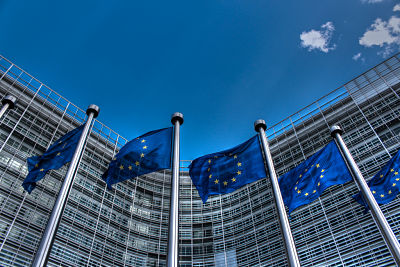
The updated tool reveals that climate and energy ambition is insufficient and action on the ground is not happening at the required pace.
The EU 2030 climate and energy targets have to be delivered “on the ground” through Member States’ actions. EU countries must describe their national targets and measures and demonstrate progress through their NECPs. The NECPs Tracker tool provides a visual representation of real action – or lack of it – and it’s development has revealed disappointing results in the 17 countries it has analysed, in that three months after the deadline, only 13 out of the 27 NECPs are finalised
“The level of ambition of the National Energy and Climate Plans combined is still insufficient not only to meet the Paris Agreement commitments, but also to reach the EU 2030 climate and energy objectives, which would be in breach of the European Climate Law” said Federico Mascolo, NECP expert at CAN Europe. Data shows that the final plans analysed are still falling short of the required climate and energy commitments for 2030. Some countries meet them only on paper, without a concrete action plan, while many still have to submit their final pledges. The delay in submitting the final NECPs is in itself an alarming signal that Member States are neglecting their responsibility and their legal obligations to plan and deliver 2030 climate and energy targets.”
The data shows that while some progress has been made compared to the draft NECP updates, major issues persist in the final plans:
Emissions reduction targets for sectors such as transport, agriculture, and waste combined (under the Effort-Sharing Regulation) have improved in countries like Denmark, Ireland, and Germany. The land-use and forestry targets have been strengthened in Italy, Ireland, and Spain, with renewable energy targets improving in Denmark and Ireland. However, these improvements often lack the necessary policy support to ensure effective implementation.
In contrast, some countries have taken a step backward. Italy’s renewable energy target has decreased, while Spain and France have lowered their energy efficiency goals compared to drafts submitted only months ago.
The tool also reveals that countries are even lagging in the implementation of their old NECP targets. All of the 17 EU Member States featured in the tracker were behind in at least one of the tracker indicators. These gaps highlight the pressing need for significant changes in national plans and policy implementation across the board if the EU is serious about climate neutrality and energy transition.
For additional information:

